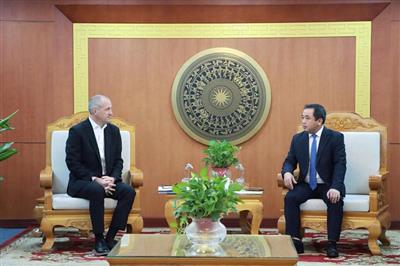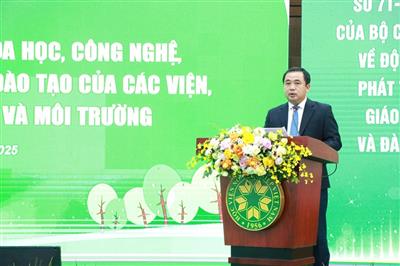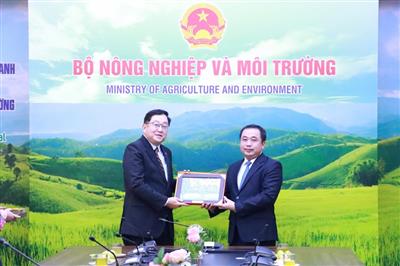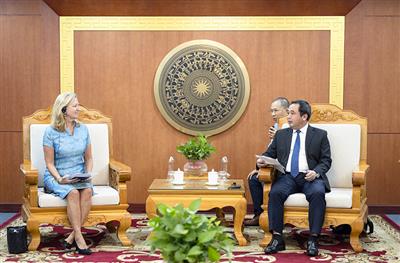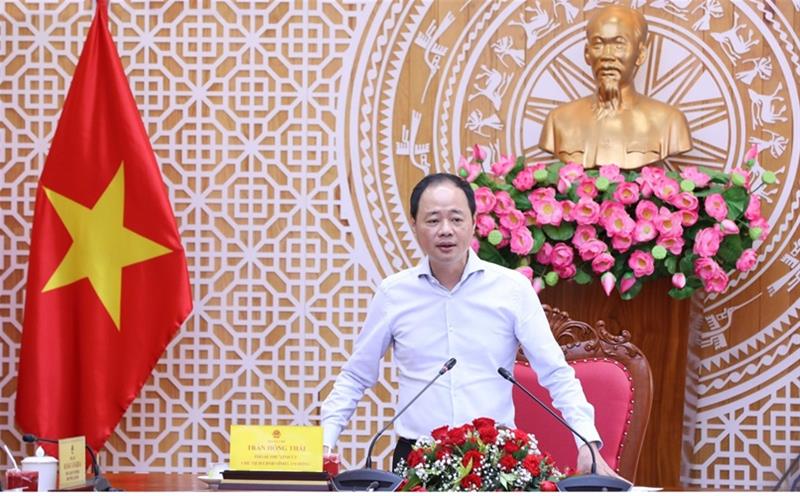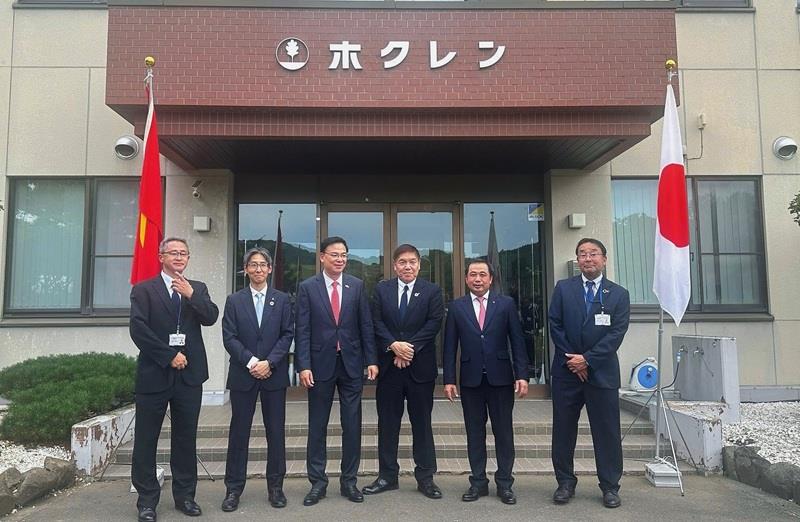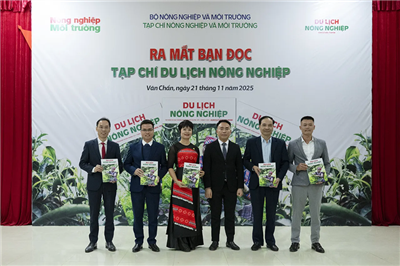
Conservation of plant genetic resources: Five years of scaling up and promoting sustainable utilization
29/09/2025TN&MTThe research team from the Plant Resources Center (National Plant Gene Bank), comprising Le Thi Loan, Pham Hung Cuong, Doi Hong Hanh, Duong Thi Hanh, Nguyen Thi Hoa, Nguyen Thi Thuy Hang, and Nguyen Thi Bich Thuy, has recently reported a five-year (2020-2024) overview of ex-situ conservation of plant genetic resources in Vietnam. By the end of 2024, the system held 28,790 seed samples representing 125 species across five major crop groups, 3,041 vegetatively propagated samples, and 659 in-vitro conserved samples.

Rationale for urgent conservation
According to the references cited by the team, over 80% of indigenous varieties have disappeared from production due to climate change, urbanization, and intensive cultivation. Although ex-situ conservation expanded by 55.2% during 2020–2024, some propagated materials still did not meet quality standards due to unsuitable ecological conditions, highlighting the need for further investment in infrastructure and region-specific conservation strategies.
Scope of the study
The project compiled all conservation data of the Gene Bank over five years, including seed banks, field collections (for vegetatively propagated species), and in-vitro laboratories. Assessment methods followed FAO/CGIAR standards, complemented by molecular marker analyses such as ITS, matK, rbcL, and genome-wide association studies (GWAS).
In addition to domestic collections, the Center incorporated 2,066 samples from international collaborations (USA, Japan, UK) and domestic sources, focusing on rice, maize, legumes, vegetables, tuber crops, and selected wild species.
Key results:
- Rejuvenation: 3,461 instances (~10.9%) were conducted to maintain viability and varietal integrity.
- Plant genetic resource characterization: 3,194 instances (~11.1%) of agro-biological assessments were performed.
- Detailed evaluation: 2,160 instances, including 440 samples for quality analysis, 450 for salinity/drought tolerance, 810 for pest and disease resistance, and 460 for genetic diversity.
- Combined assessments: a total of 5,354 instances (~16.8%).
- Data digitization: over 89,000 descriptive fields and ~29,000 evaluation fields were accumulated and are regularly updated in the national database and on the Center’s website.
A notable highlight is the GWAS conducted on 177 local rice varieties, which identified 25 QTLs associated with antioxidant compounds and 19 candidate genes, providing a foundation for developing nutritionally enriched red and black rice varieties.
The authors noted that in major gene banks such as IRRI and CIP, the proportion of “detailed evaluation integrated with molecular data” often exceeds 25–30%, higher than current rates in Vietnam, indicating potential for technological and data improvements.
Challenges and recommendations
The study highlighted limitations in cold storage infrastructure, digitalization and automation, and Vietnam’s non-membership in the International Treaty on Plant Genetic Resources for Food and Agriculture (ITPGRFA), which restricts global accessibility and sharing of plant genetic resources.
Based on the five-year results, the authors proposed priority actions:
- Enhance targeted, detailed evaluations integrating molecular tools (GWAS, SSR, SNP), and establish a gene sequencing repository.
- Develop a multi-tiered conservation model: combining ex-situ (cold storage, field collections, in-vitro), in-situ community-based conservation, and duplicate backup collections.
- Modernize infrastructure and link data with global databases (Genesys, FAO-WIEWS).
- Strengthen international collaboration to facilitate benefit-sharing mechanisms.
- Promote “conservation through use” by reintroducing materials into production, linking conservation with local livelihoods.
In conclusion, this study demonstrates that Vietnam has shifted from “passive storage” to integrated conservation and utilization, with rapidly expanding collections, digitized data, and initial applications of molecular biology. The next steps include increasing the proportion of detailed evaluations, modernizing infrastructure, and expanding international connectivity to convert plant genetic resources into scientific and economic value for sustainable agriculture.
Viet Anh



